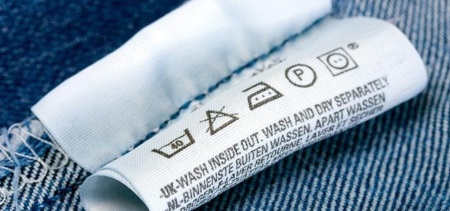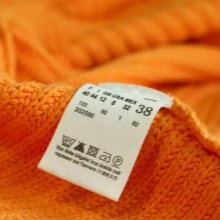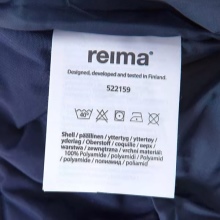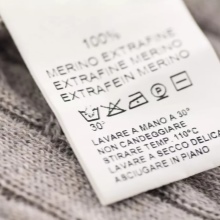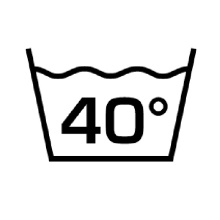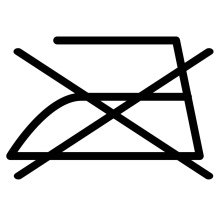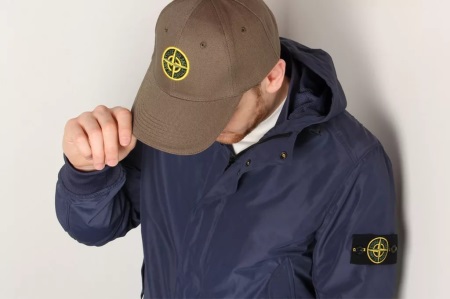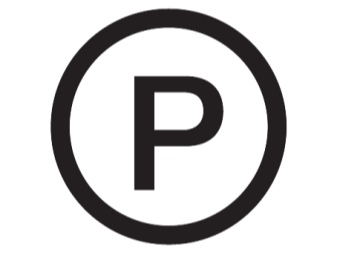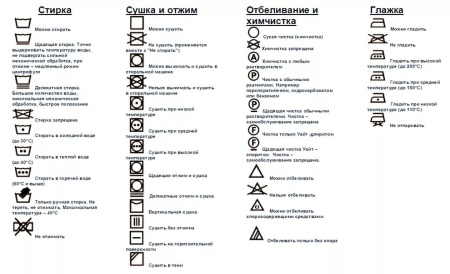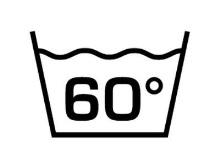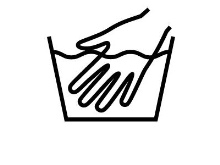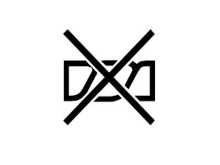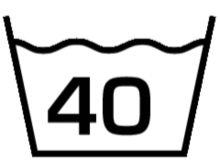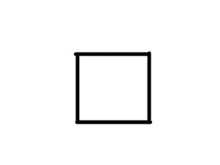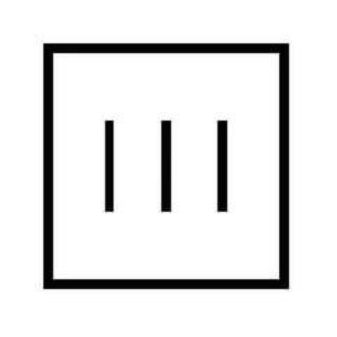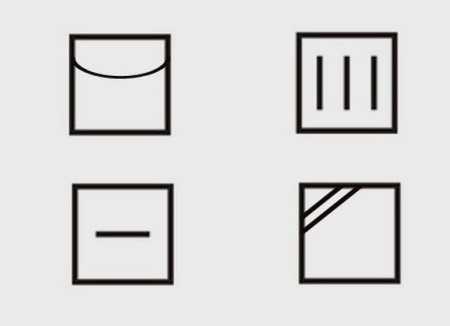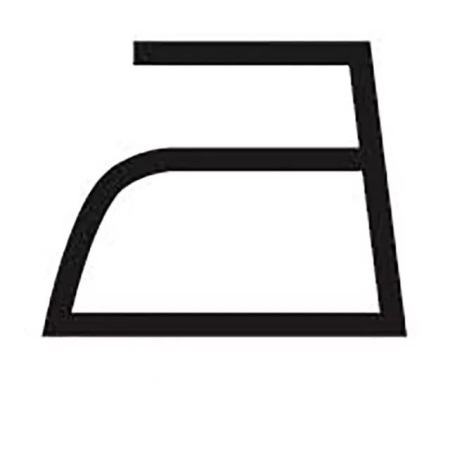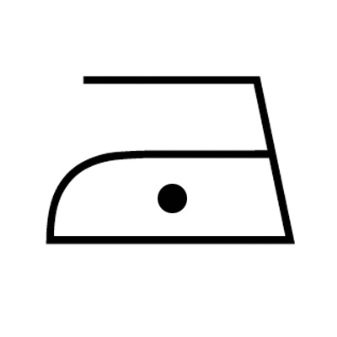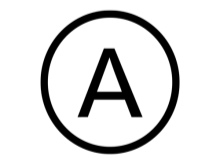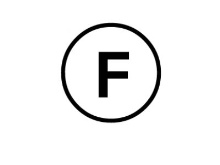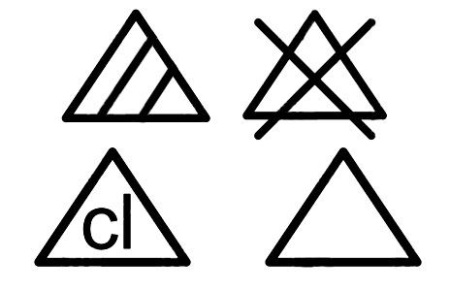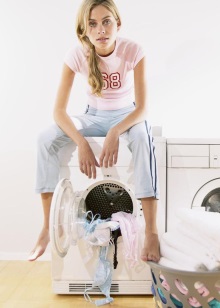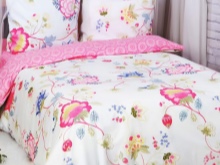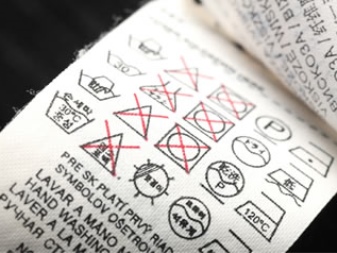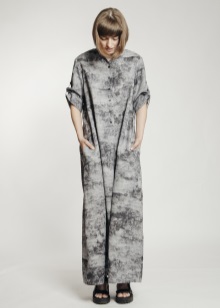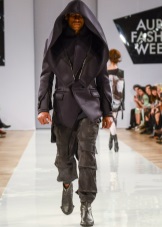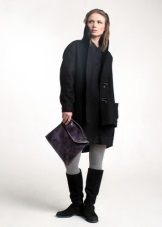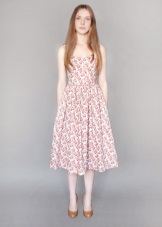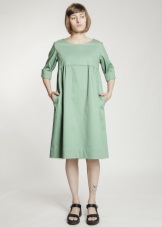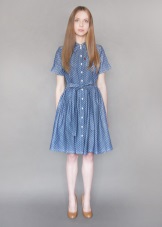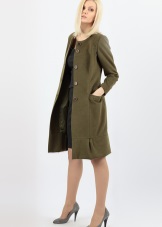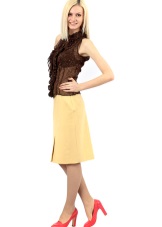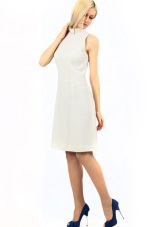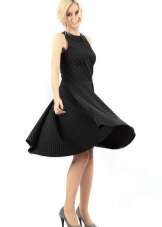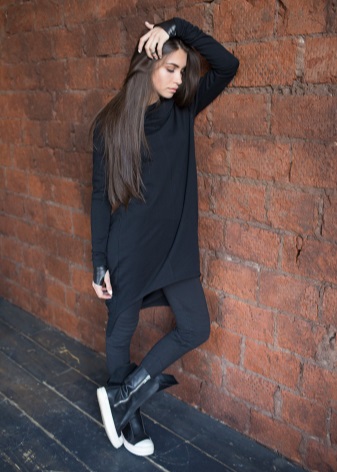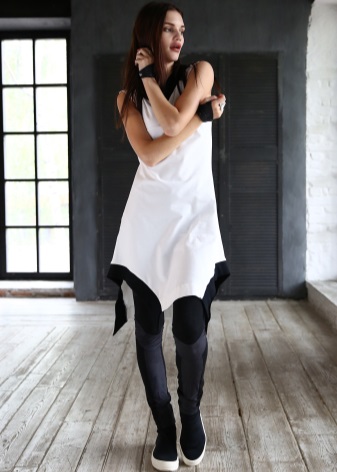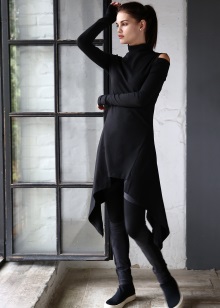Badges on clothes

Badges on clothes help buyers assess the quality of the product and the conditions of care. The manufacturer indicates on the labels the composition, information for washing, drying, ironing, cleaning and bleaching. Diligent manufacturers provide complete information. Sometimes the tags on the clothes are long and wide with a dotted line. It indicates that the icon should be cut off. So it will not interfere while wearing, and will not rub the skin.
Where are the labels
Clothing made of synthetics, natural wool, tweed, cotton requires a variety of care. Proper washing, drying, cleaning will help keep things, especially if they paid a high price for it. The durability of clothing and its durability depends on how to wash clothes, dry and even store. Everyone knows that labels on clothing contain important information, which is represented by symbols.
Badges on clothes are located in the inner part of the clothes, on the neck, in the belt area or along the seam. These designations contain important information about the manufacturer, the composition of the fabric, recommendations for the care of the product. On outerwear, tags are usually located on the side or back. T-shirts, T-shirts, shirts, sweaters, badges are located on the back of the collar or on the side seam.
Types of characters
If you do not know what types of characters are, their designations, decoding and as they are called, the manufacturers have compiled a special table. The meaning of symbols is easy to decipher: most are clear images, washing recommendations in a washing machine and manually. The table with symbols helps users understand what can and cannot be done with clothes.
On the label, manufacturers often indicate signs that look like a basin of water, crossed out, with a number inside or with a hand. Marking also indicates information on drying, bleaching, cleaning. The sign of the iron with numbers indicates the temperature at which the item should be ironed. The crossed iron forbids to iron or steam. Many icons mean that the product cannot be soaked in hot water.
Symbols on labels for the care of textiles are used by manufacturers for marking clothing and materials. These identification signs recommend the user rules for handling, operating and caring for things. The names of the operations are indicated with basic and additional characters. Marking is created in such a way that will be clear to any person. A compass mark on clothing means that the item belongs to a particular Stone Island brand.
The rider badge indicates the clothing belongs to the company Burberry. Each individual characters, signs on the label are called differently and are performed by manufacturers of different types of fabric. Soft labels should be cut, and hard to pull out of the seam. Underwear also has labels. They are located on the side seam or straps (at the bra).
The label is made of special materials that do not prick or rub the skin. No labels on children's things: sliders and vests. In this case, manufacturers care information point on the labels. They should be unstuck after purchase. Do not want to harm things during washing? Read the label correctly. There is nothing complicated about it. Look at the symbols and try to find a pattern.
Symbols are of five types and denote five different actions.
- Dry cleaning. A sign is a circle with a letter, crossed out or empty.
- Drying. The square on which there is a decoding in the form of additional symbols.
- For whitening, a triangle sign is used.
- Ironing symbol flat iron with temperature.
- Washing is indicated by a basin of water. This sign may indicate the possibility of machine and hand washing, spinning, mechanical cleaning.
Care instructions
If you do not know how to decipher the characters on the tag, help table and instructions for the care of things. Proper operation of textiles will extend the life of things, help to understand how to care for thin and delicate materials. The signs on the tags may be prohibiting, warning and informational.
Warning symbols indicate that the item should be handled with care. Signs on the labels help the hostess to keep the look of things. This is a rational and convenient method by which you can easily remove stains, wash, dry, being absolutely sure that nothing will happen to the product.
Washing Modes
The easiest and most understandable sign on the label. A basin of water indicates the hostess, at what temperature the liquid can be washed thing. Most often, the temperature is indicated by numbers, sometimes by dots. One point means that washing is possible at a water temperature of 30 degrees, two points - 40, three points - 60. If the image of the pelvis is crossed out, it means that the product cannot be erased.
The pelvis icon with the hand down indicates that it is better to wash the product by hand. The crossed-out twisted linen warns the hostess that it is impossible to influence mechanically the clothes. In this case, turn off the spinning function in the washing machine, but leave the rinse. Under the usual icons can be drawn a few horizontal lines, which mean softening mode of washing. To do this, set up a washing machine, reduce speed, speed, put a delicate wash.
Drying and spinning
Washing machines come to the aid of housewives, if you need to clean at home difficult pollution. Was a washing machine equipped with a drying function? The mode can be easily chosen if there is a square icon on the clothing label. A square with a circle inside means that drying is possible in a special dryer. A crossed out square indicates that drying is not recommended.
The points inside the figure talk about the drying temperature. The more of them in the square, the higher the temperature can be. If product drying is allowed, a vertical line can be drawn in the icon. Such marking is found on the things of their polyester, on the "blown" jackets and down jackets. Such things can not be pressed after washing.
If two inclined stripes are depicted near the square, this means that it is impossible to dry the thing in the sun. This is true for colored fabrics, silk, wool, synthetic. Spin - a special feature in the washing machine. Things are squeezed out in the last wash cycle and dried slightly. Spinning takes place at high speeds, so that delicate items should be washed according to the manufacturer's recommendations.
Ironing
Before ironing clean clothes, look for the iron icon on the label. Manufacturers advise you to set up your iron before ironing: set the correct temperature and turn off the steamer function if the steam jet is crossed out on the icon. For things made of polyamide, acetate, acrylic, nylon, the temperature should set the minimum (100 degrees).
Silk, wool, viscose items are ironed at a temperature of 150 degrees, and cotton and linen at two hundred degrees. The points in the iron are degrees. The more of them, the temperature is higher.
Whitening and dry cleaning
The dry cleaning icon is designed for workers who are professionally cleaning things. Dry cleaning is indicated by a circle. An empty circle indicates the possibility of dry cleaning, the English letter "A" allows cleaning with any active substances. The circle with the letter "F" allows for dry cleaning with hydrocarbons. A crossed circle prohibits cleaning.
If you want to whiten a thing, look at the label if there is an image of a triangle there. An empty figure means that the product can be bleached, crossed out forbids any type of bleaching. If there are two letters “CL” in the triangle, this means that the thing is allowed to be bleached with chlorine.A triangle with sloping lines prohibits exposure of chlorine to clothing. Other bleach can be used.
Fabrics
The quality of materials and fabrics depends on how long the item will last. Improper care for textiles also shortens the service life of products. Erase and clean things with the information on the label. If it is absent for any reason, use the advice of experts.
The composition of the fabric determines the rules of cleaning things, and informational labels set the right direction.
- Terry fabrics will retain their original appearance longer if you add a little salt after washing into the rinse water. It is not recommended to squeeze, twist, knock terry things, otherwise they will lose their "fluffiness".
- Things from poplin, damask, peak after washing should be wrapped in a dry cotton material, and then dried on a horizontal surface.
- Wool. Wash and rinse wool items in warm water. Hot water shrinks these clothes. Squeezing products made of wool can be, but can not be twisted. It is better to erase them manually, previously turned inside out.
Washing in a typewriter is possible if she has a special mode for woolen things. When washing, you can add a little alcohol to the water. This will preserve the elasticity of the yarn.
- Cotton. Cotton fibers perfectly absorb moisture. This material is durable, pleasant to wear, natural. Pure cotton things crumple, so manufacturers add synthetics to it. Man-made fibers eliminate the disadvantages of cotton threads and improve it. White cotton clothes can be washed at a temperature of 95 degrees. It is recommended to wash colored clothes at a low temperature - 45 degrees with a special laundry detergent without bleach.
- Linen. Linen items are ideal for hot weather. Flax is a hard material compared to cotton. He does not wrinkle so much. Linen things can be boiled, washed in a typewriter.
- Synthetics. Wash synthetic items in hot water. In the washing machine synthetic washing in the “quick wash” mode is allowed. If there are complex dirt on things, the product should be soaked in warm water, washing the stains with soap.
Before washing things should be sorted. Color laundry washed with color, light - with light, dark - with dark. If you are afraid to clean delicate fabrics in a typewriter, soak them in a basin with warm water, and then wash them by hand.
Firms
Famous brands that produce clothing and textiles, indicate complete information about the product. Stylish, high-quality things need special care, but, as a rule, they serve their owner for a long time. The reason is that famous manufacturers value their reputation and use high-quality fabrics and materials to create things. The high price of the product is often a guarantee that the item is durable and will not lose its relevance through the season.
Branded items often have not a label sewn on a seam, belt or collar, but information printed on the fabric about the composition, size and methods of washing. Brand clothing with proper care, even after numerous washings, retains color, does not stretch and does not tear. There are many manufacturers of modern and interesting clothes in Russia. They produce high-quality, designer items that rarely fall on the shelves.
The logos of these brands are still little known and not studied by the consumer. You can buy clothes of Russian designers through social networks, online shopping. The collection of the domestic brand Pirosmani from St. Petersburg includes clothing for men and women. Unusual forms, beautiful materials, gothic style will certainly attract young people and casual style lovers.
Democratic brand Bera Group produces clothing for everyday wear. The collection is universal, designers promote the current style of "unisex".
Moscow brand Amano specializes in creating women's dresses and outerwear. Prices are not cheap, but for Moscow - acceptable.
Brand Oganesyan produces clothing for women. The fashion collection consists of casual and evening dresses, as well as outerwear.
The Angulo Moscow brand produces conceptual women's clothing at affordable prices. The collections present outerwear, tunics, dresses, skirts, accessories. You can order clothes through the official website or buy in showrooms.
